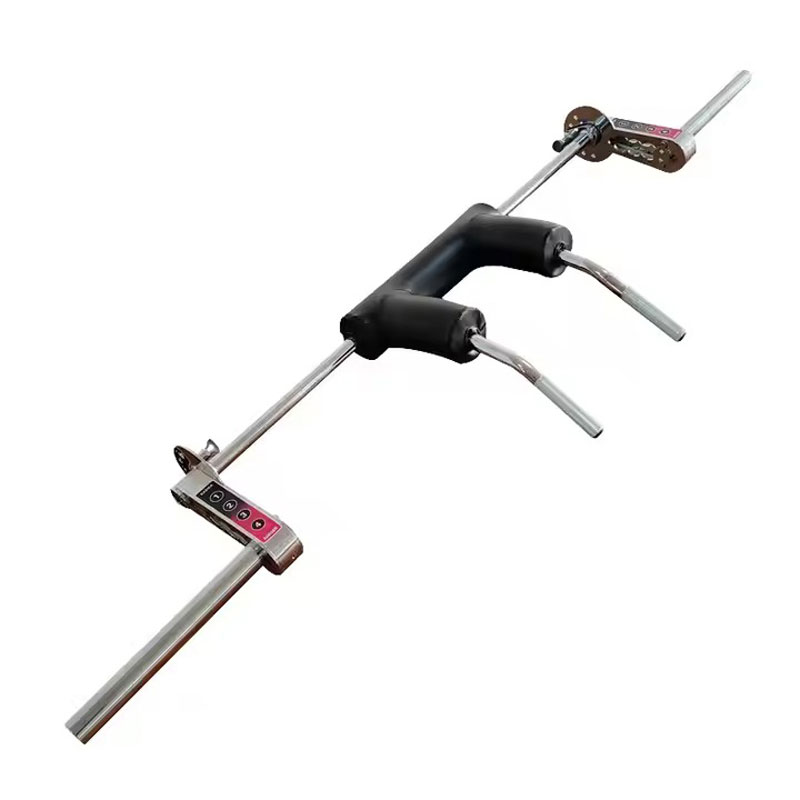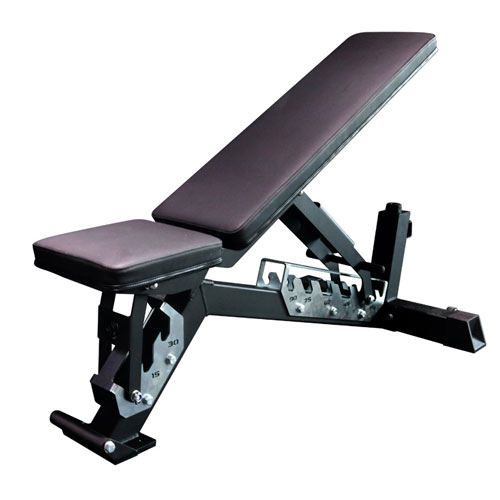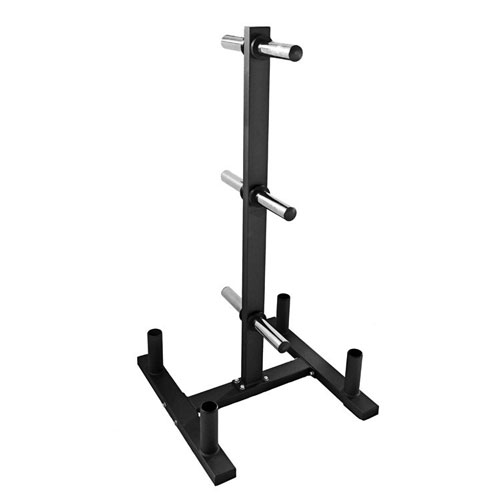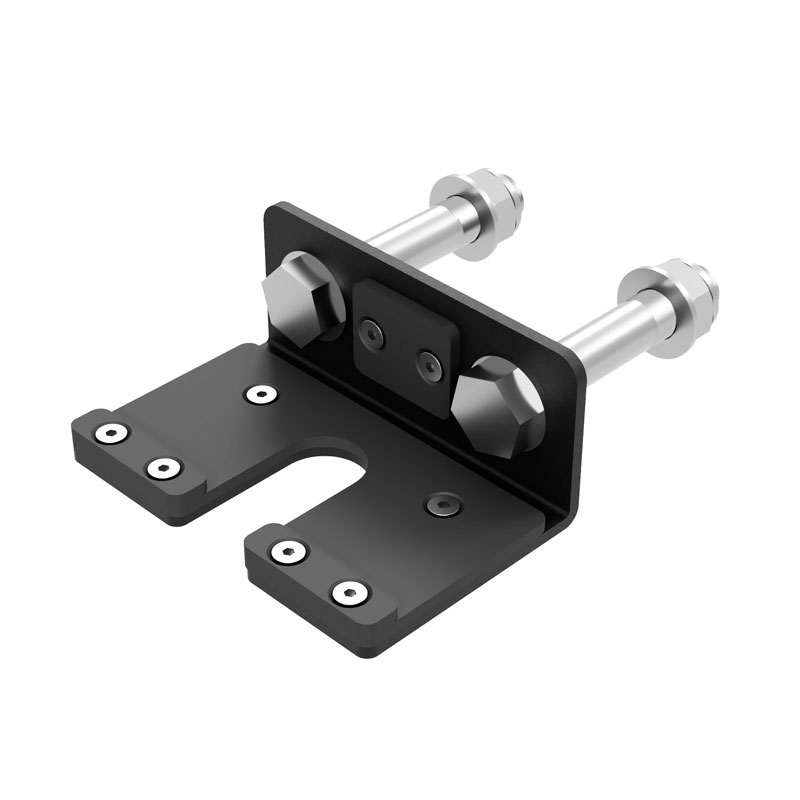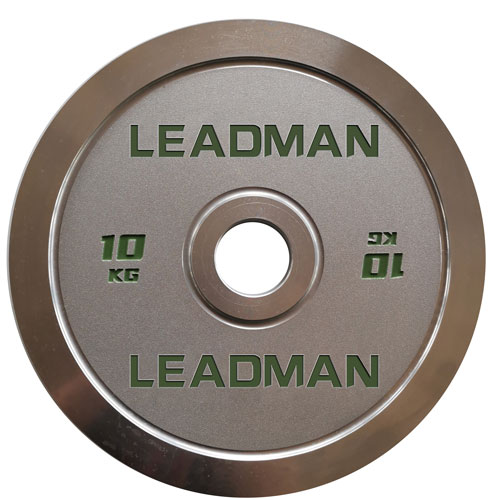How To Identify The Material Of The Rubber Barbell Plate ?
Hello my dear friend! Today I want to share with you some knowledge about rubber bumper plates, to help you choose the right ones for yourself. Rubber bumper plates are common gym equipment, which can be used to increase the weight of barbells and dumbbells, making the workout more challenging and effective. But do you know there are different materials and craftsmanship for rubber plates? And which material offers the best value for money? Let me walk you through it if you are not so sure!
There are three main types of materials used for rubber plates: natural rubber, synthetic rubber and recycled rubber. Natural rubber is extracted from rubber trees, and goes through processes like coagulation, washing and drying. Natural rubber has great elasticity, abrasion resistance and durability. Synthetic rubber is artificially made to mimic the structure and performance of natural rubber through chemical synthesis. There are many varieties of synthetic rubber with different properties like hardness, density and color based on the raw materials and techniques used. Synthetic rubber is cheaper but has inferior elasticity, abrasion resistance and durability compared to natural rubber. Recycled rubber is made from waste rubber products through shredding, melting and mixing. It is the cheapest rubber material but also the lowest in quality, with poor elasticity, abrasion resistance and durability.
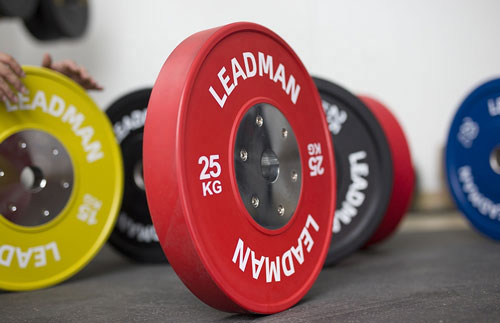
So how do we distinguish rubber plates of different materials? It's quite simple, just pay attention to these few aspects:
- Observe the color: Natural rubber is normally dark brown or black, synthetic rubber can be any color, and recycled rubber is usually grey or light black.
- Feel the texture: Natural rubber feels soft and elastic, synthetic rubber feels harder and smoother, and recycled rubber feels rough and dry.
- Smell the odor: Natural rubber has a mild latex smell, synthetic rubber smells strongly chemical, and recycled rubber has an unpleasant stench.
- Stretch the elasticity: Natural rubber can stretch a long way without breaking, synthetic rubber can stretch to a degree without breaking, and recycled rubber breaks easily when stretched.
- Check the price: Natural rubber is the most expensive, synthetic rubber medium priced, and recycled rubber the cheapest.
In conclusion, which material offers the best value for money? Definitely natural rubber plates! Although pricier, it has the best quality and durability for safer, more comfortable and effective workouts. Synthetic rubber plates are also decent, if you don't mind the smell and color, you can choose based on preference and budget. Recycled rubber is the least recommended due to poor quality and durability, which can be dangerous and inconvenient for training. So pay attention to the material and craftsmanship when purchasing rubber plates, and pick the most suitable one for you!
Hope this helps. Let me know if you have any other questions or suggestions!

